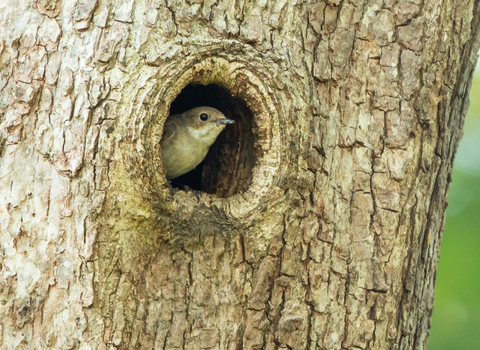There are many ways that development can affect wildlife. Impacts can be temporary or permanent and can happen both during construction and once the development is in use.
- Direct harm – wildlife can be killed or injured during construction, or when building is finished. For example, a development resulting in more traffic may increase the risk of wildlife road deaths.
- Habitat loss – development can cause the loss of wildlife habitats like woodland, grasslands or ponds. Note that wildlife can use different habitats for feeding, breeding and rest, and can use different habitats at different times of year, or for different parts of their life cycle. Just because a habitat isn’t used all the time doesn’t mean it isn’t important for wildlife.
- Disturbance – noise and light from machinery, traffic and people during and after construction can be harmful to wildlife. When animals avoid an area or move away, they may have to travel further to reach food, or compete with others for resources.
- Pollution – pollutants released into the air, soil or water from construction or after development can be harmful to wildlife. Pollution from developments can affect wildlife on and near the site, and but also some distance away.
- Fragmentation – development can block the movement of wildlife, reducing ecological connectivity and affecting their ability to find food, breed and adapt to climate change.

What to do if you see wildlife being harmed by development that is taking place:
Do not approach or engage with the developer. Construction sites can be dangerous.
If you believe you have witnessed a wildlife crime, then call 999 in an emergency or 101 for non-emergency.
If you think you have seen pollution, illegal tree felling, dumping of waste, damage to protected sites or damage to bat roosts or harm to other protected species, call Natural Resources Wales on 0300 065 3000.
If you think a development doesn’t have planning permission, or construction is being carried out in breach of planning conditions, then contact your local planning authority and ask to speak to a Planning Enforcement officer.
If you aren’t sure whether a development needs planning permission, check here.

